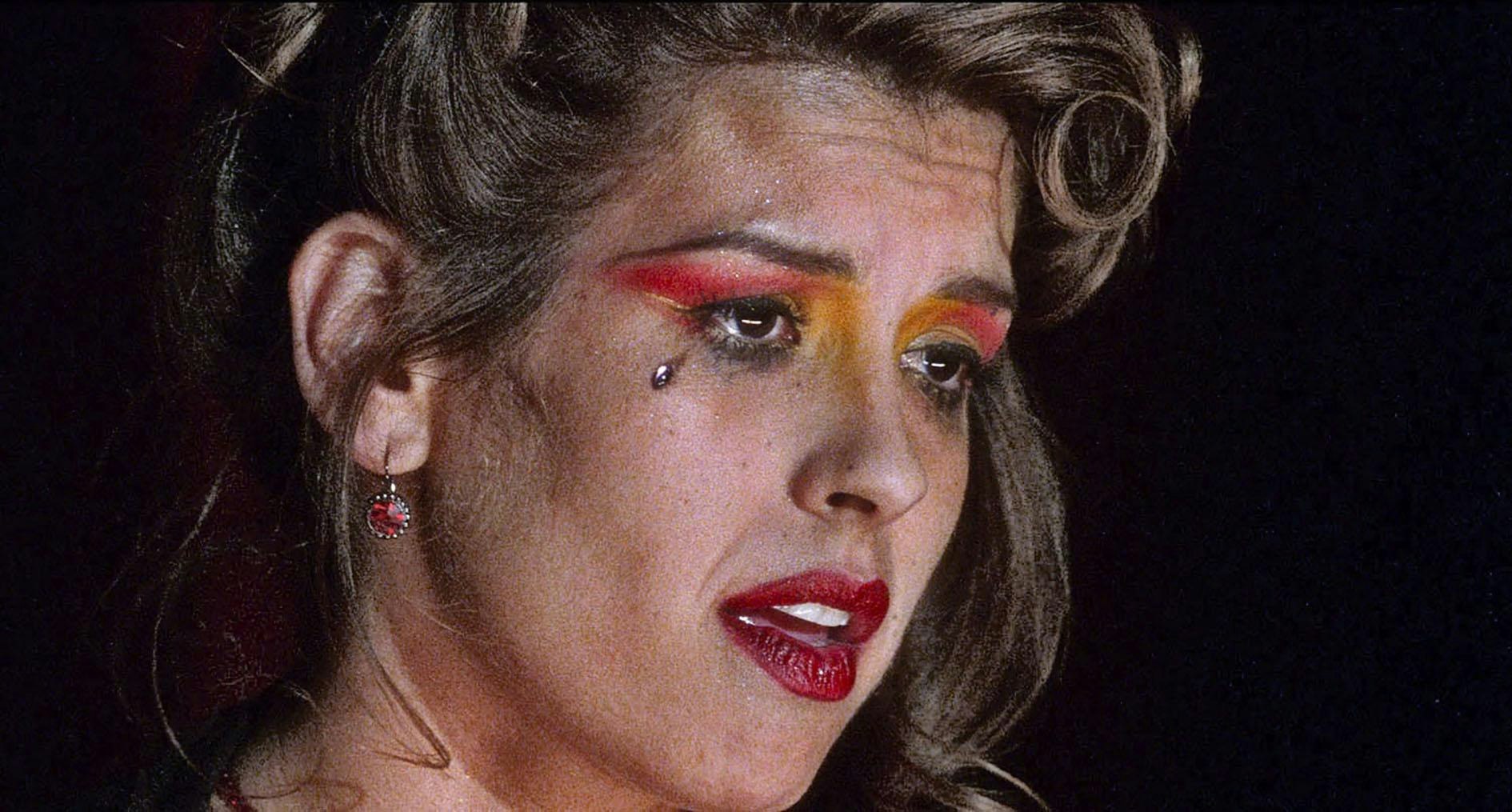This article is taken from the April 2025 issue of The Critic. To get the full magazine why not subscribe? Right now we’re offering five issues for just £10.
Roy Orbison hated Blue Velvet the first time he saw it. However much you like David Lynch’s 1986 movie (and having rewatched many of Lynch’s films since he died in January, I know that I like it a lot), you can understand why. Orbison’s song “In Dreams” appears twice in Blue Velvet, and both times the effect is sinister to the point of horrific.
For Orbison, who did not approve the use, this was a kind of sacrilege. “In Dreams”, first released in 1963, was his: now Lynch had taken it. It isn’t only that Orbison wrote and performed “In Dreams”. It’s that no one else could have done so. Orbison was unique — in his image, in his vocal ability, in his artistry and in his emotional register.
His peers were frenetic and libidinous, hip-thrusting and dangerous. Orbison was different. When he played live, he wore thick-lensed prescription sunglasses and stood almost entirely still, guitar clutched protectively in front of him. He looked vulnerable. In songs like “Runnin’ Scared” and “Only the Lonely”, he sang about vulnerability.
If the concept of a “soy boy” had existed in the sixties, Orbison would have been it. His voice, with its three-octave range and delicate vibrato, underlined that impression: at his top notes, he occupied an almost feminine realm of feeling that most other male singers could only approach in falsetto. (Of course, girls loved him.)
Orbison’s look created a character. His voice gave that character an inner life, and his greatest songs were short stories of that character’s (occasional) triumphs and (more often) despair.
“In Dreams” is closer to an aria than a pop song, eschewing the regular verse-chorus-middle-eight construction for an ever-twisting melody that — like the woman Orbison dreams of but can no longer hold — is always slipping out of reach.
It’s that sense of performance and narrative, of literal melodrama, that I think Lynch was drawn to in Orbinson. Lynch loved to show musicians on stage in his films, from the lady in the radiator’s creepy bit in Eraserhead to Bill Paxton as a saxophonist in Lost Highway. He loved to cast musicians too, even when (in the case of Chris Isaak in Twin Peaks: Fire Walk With Me) acting was clearly a stretch for them.
“In Dreams” wasn’t Lynch’s first choice for Blue Velvet — he had originally wanted Orbison’s “Crying” — but the pairing of movie and song now seems unavoidably right. First, Dean Stockwell (as one of the goons attending on psychopathic gangster Frank, played by Dennis Hopper) lip syncs to it, using a lamp as a microphone so his face is spectrally lit from below.
Frank watches this, moved almost to tears, before he snatches the tape from the machine and declares it’s time for a “joy ride”. That leads to the song’s second, even more disturbing appearance.
“It’s got a completely different feeling each time, and a different meaning,” Lynch said in the book Lynch on Lynch. “Or maybe it’s the same meaning but you see it in a different way.”
Frank and crew drive the naive Jeffrey (Kyle MacLachlan) to an isolated spot and bundle him out of the car. Then, Frank plays “In Dreams” again, but this time the performance is his. Frank stands inches from Jeffrey’s face, echoing Orbison’s lines, not as melancholy but as a sexually inflected threat. “In dreams, you’re mine, all of the time,” hisses Frank. It’s terrifying.
Blue Velvet is about (as much as a Lynch film is “about” anything) Frank’s destructive urge to possess what cannot fairly be possessed, from the chanteuse he kidnaps (Isabella Rosellini) to the songs she sings.
So it’s perversely fitting that Blue Velvet ended up taking semi-ownership of “In Dreams”. Once you’ve seen it, the song will always at least partly belong to Frank. Hence Orbison’s dislike of it. His tender and beautiful song had been turned into a part of a nightmare, the poignancy of the song’s desire remodelled as a shiv.
But it doesn’t explain what happened next. At the urging of friends, Orbison went to see the film again. And, gradually, he came to understand, forgive and even appreciate what Lynch had done. He and Lynch became friends.

Years later, after Orbison’s death, Lynch was introduced Rebekah del Rio, a singer. He invited her into his studio to record something, and she delivered a devastating a capella version of “Crying” in Spanish; the translation was by Barbara Orbison, Roy’s widow. Perhaps Del Rio knew Lynch’s history with the song, or perhaps it was just a Lynchian coincidence.
“Crying”, renamed “Llorando”, became integral to Lynch’s 2001 film Mulholland Drive. Again, we see a performer mime the song — Del Rio herself, who does it so perfectly that no matter how often I watch it, it’s always a brutal shock when she collapses during the crescendo and the music carries on. Again, we see an audience moved to weeping — this time, Mulholland Drive’s main characters, Rita and Betty.
But this time, the film doesn’t change the song so much as the song seems to change the film, levering it from one reality to another. A pop song can be transformed by the meanings it acquires through use, as happened to “In Dreams” in Blue Velvet. But it can also, as with “Crying” in Mulholland Drive, split the world open with pure feeling. Lynch and Orbison were artists who understood both.







